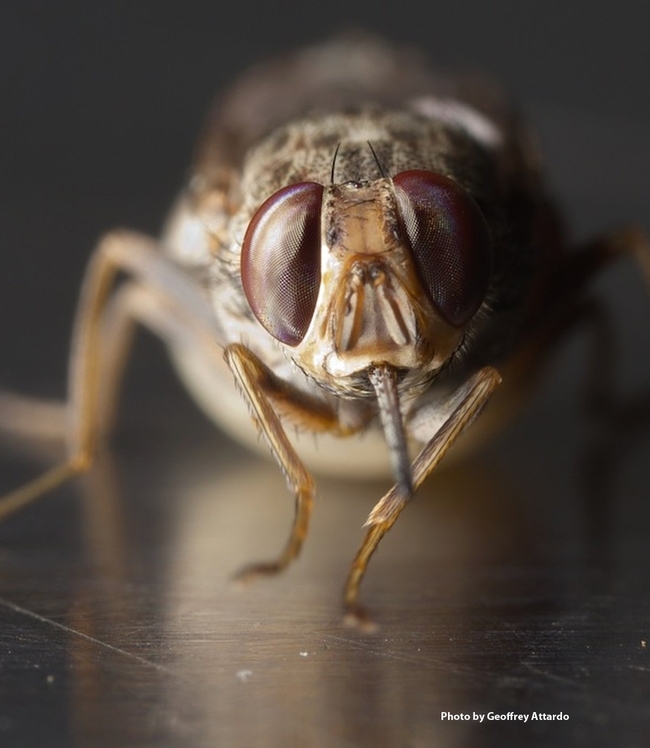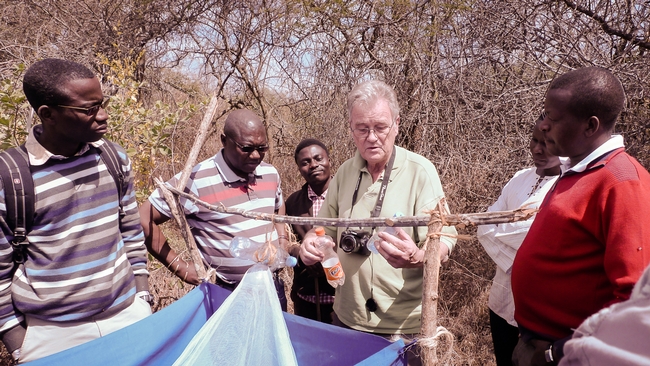
Enter John Hargrove, director emeritus of the South African Centre for Epidemiological Modelling and Analysis.
He will present a UC Davis Entomology and Nematology seminar on "Tsetse, Trypanosomiasis, and Climate Change: What Can We Learn from Field Data Collected in the Zambezi Valley of Zimbabwe?" at 4:10 p.m. Wednesday, May 3 in 122 Briggs Hall.
His seminar also will be on Zoom:
https://ucdavis.zoom.us/j/95882849672.
Host is UC Davis distinguished professor James R. Carey, UC Davis Department of Entomology and Nematology.

Hargrove, associated with the International Clinics on Infectious Disease Dynamics and Data Program (ICI3D), is a faculty member with the Clinic on Meaningful Modeling of Epidemiological Data (MMED) and the Clinic on Dynamical Approaches to Infectious Disease Data (DAIDD). He is a senior research fellow for the South African Centre for Epidemiological Modelling and Analysis, Stellenbosch University, Stellenbosch, South Africa, and a professor emeritus of mathematical sciences at Stellenbosch University.
Hargrove served as the inaugural director of the South African Centre for Epidemiological Modelling and Analysis (SACEMA). The precursors for MMED and DAIDD were launched in 2006 at the beginning of his directorship; he has been involved continuously as an instructor in the program since, according to his biography on ICI3D. Over the past nearly 50 years, Hargrove has combined fieldwork and mathematical epidemiology to understand the population dynamics and control of tsetse flies, the vectors of human African Trypanosomiasis.
He focuses his current research on the modelling population dynamics, with a particular focus on how increasing temperatures in Africa will affect tsetse distribution. This work involves improving estimation of mortality in adult and immature stages of the fly. Since 1999, he has also focused on the analysis and modelling of data in the world of HIV. Current interest are in improving the use of biomarkers for the accurate estimation of HIV incidence.
He holds a bachelor's degree in zoology (1968) from the University of Oxford; a master's degree in biomathematics (1981) from UCLA, and a doctorate in insect physiology (1973) from the University of London.
Department seminar coordinator is urban landscape entomologist Emily Meineke, assistant professor. For technical issues regarding Zoom connections, she may be reached at ekmeineke@ucdavis.edu. (See complete list of spring seminars.)
Resources:
SERVIR--From Space to Tsetse Fly
World Health Organization: Trypanosomiasis (Human African Sleeping Sickness)
Attached Images:
